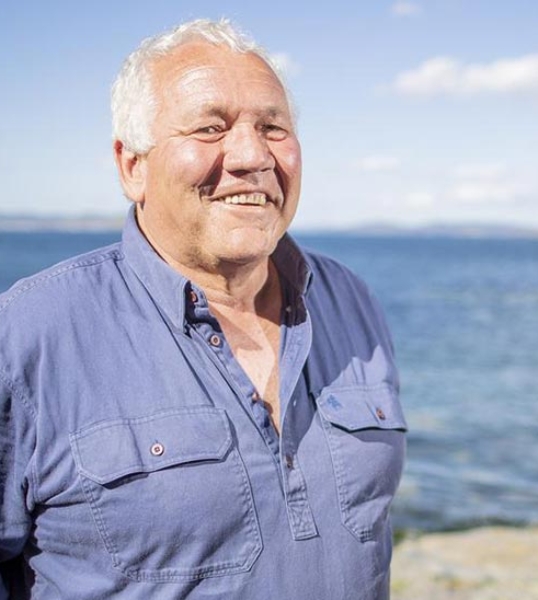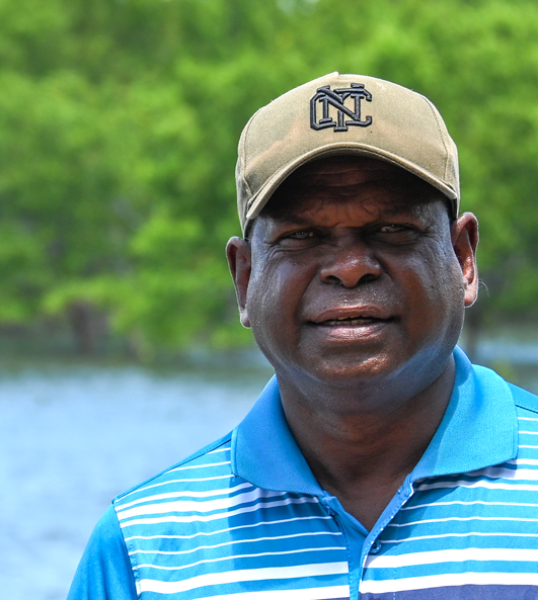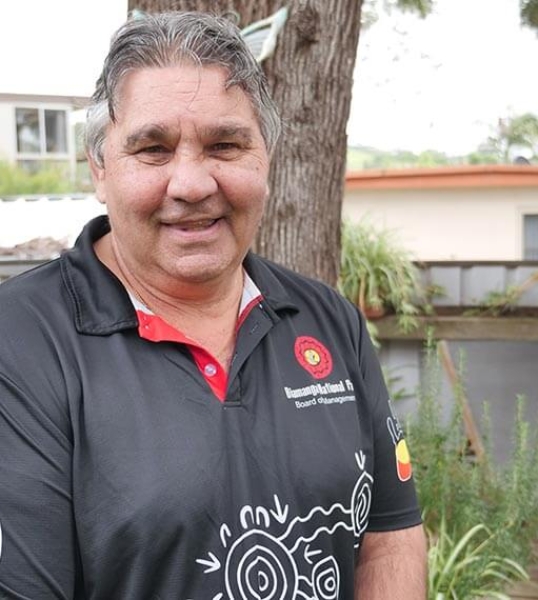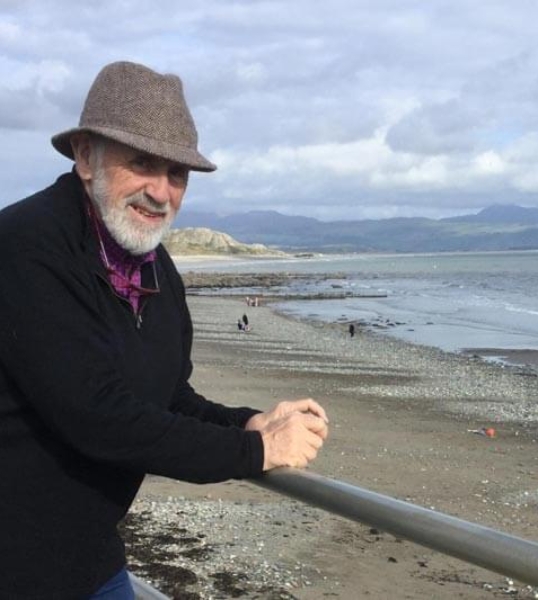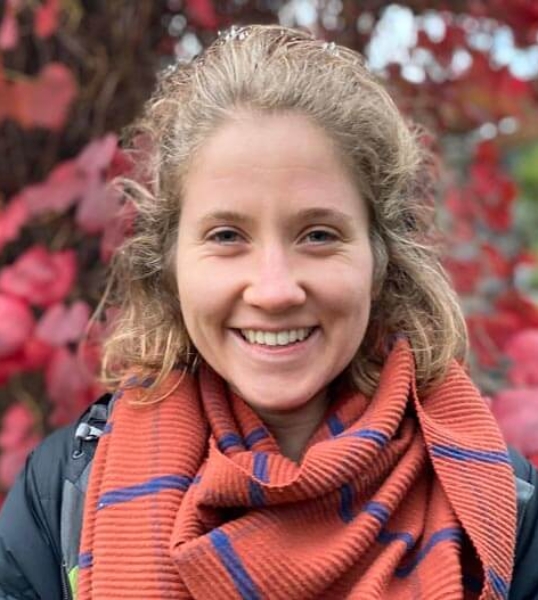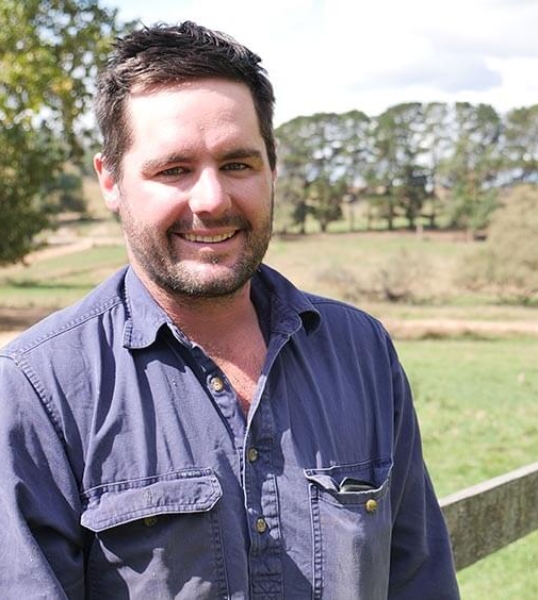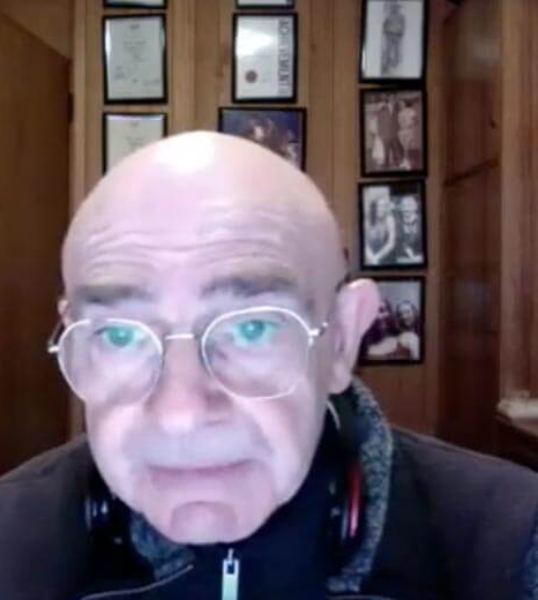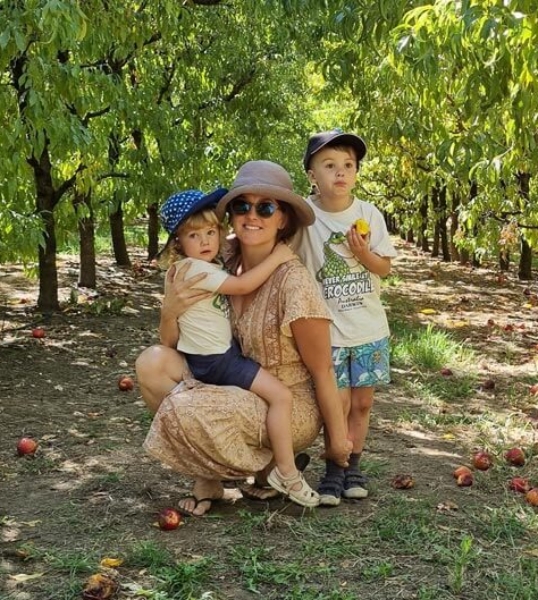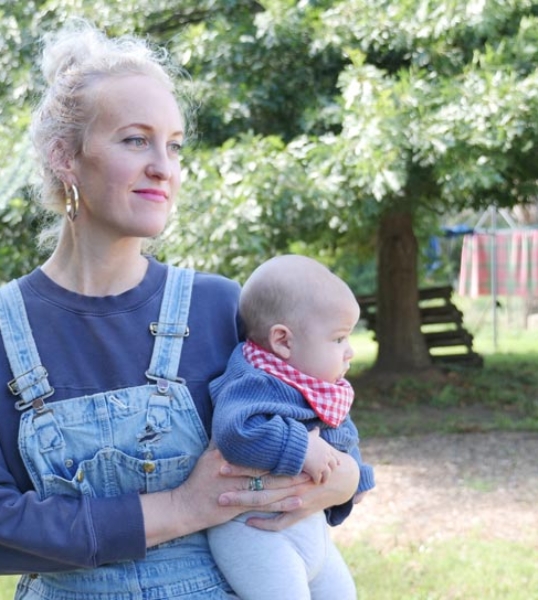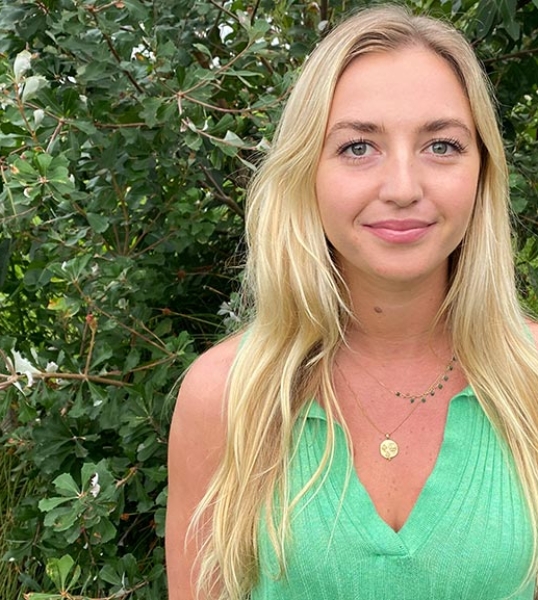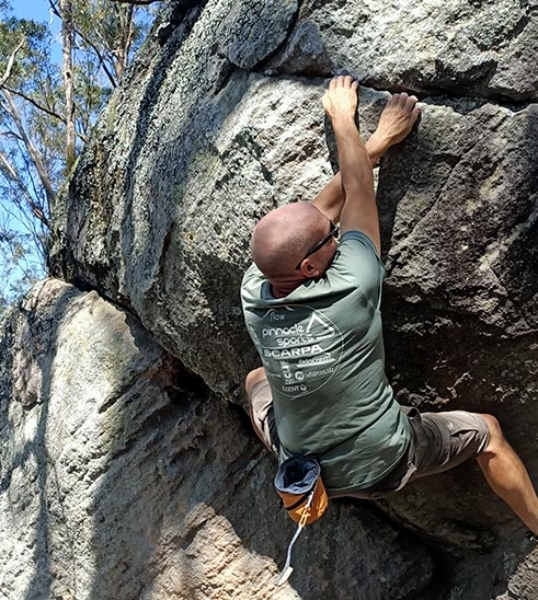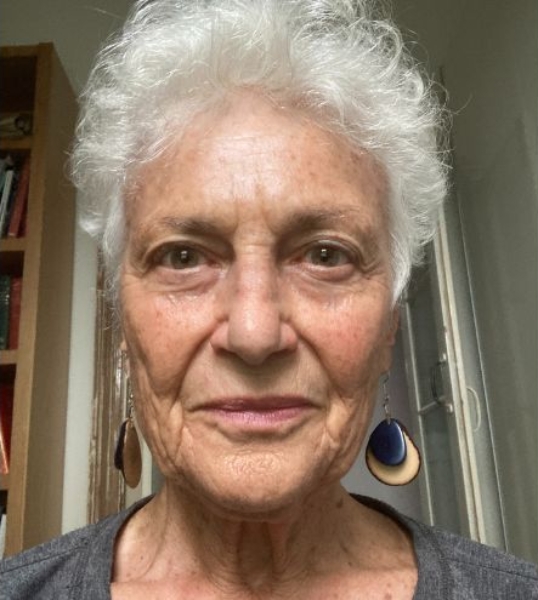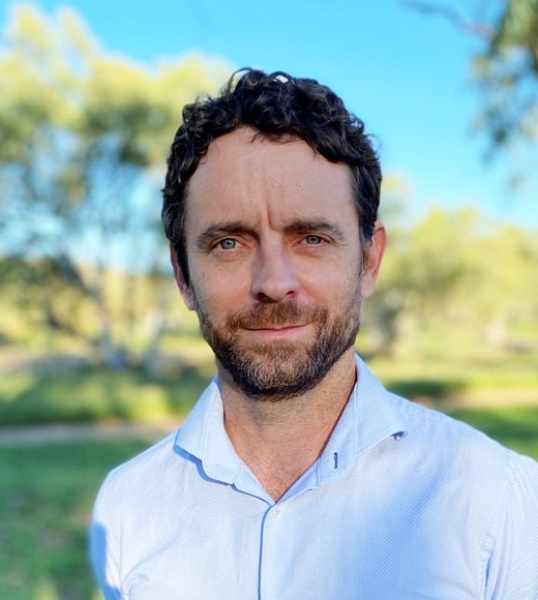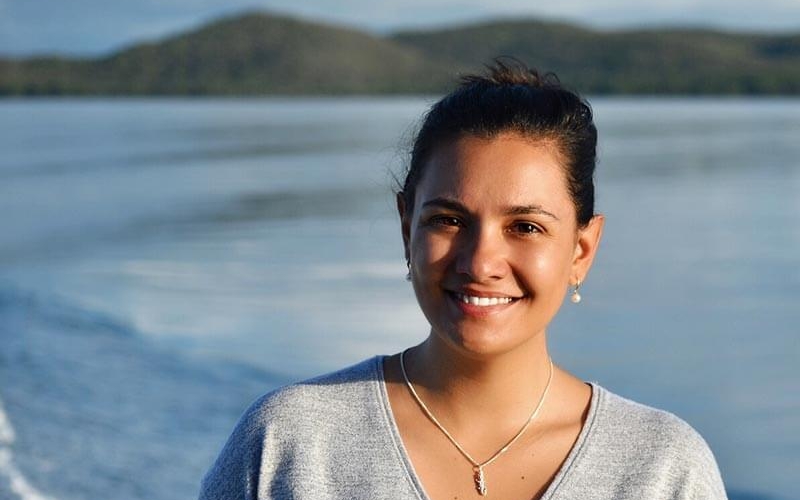
A few hours or days without power might not sound so bad, but for elders who have oxygen or dialysis machines it can be life threatening.
Seisia, QLD
I’m Talei Elu – a proud Torres Strait Islander woman from the Seisia community in Cape York in Far North Queensland. My clan is the crocodile clan – Saibai Koedal – on my father’s side and on my mother’s side I’m Fijian.
My grandfather and his family left Saibai just after the war. He wouldn’t have called it climate migration, but a key reason for them leaving was that people’s gardens were starting to get inundated with salt water, making it harder to grow crops. He had the foresight to realise that if it got worse then Saibai wouldn’t be able to support us. People say ‘oh it was the 1940s’ but the Industrial Revolution was well underway and the climate was already changing.
My family has been away from Saibai for more than 70 years. It’s definitely had an impact on how we use our language and practice our culture. The young boys in Seisia often say ‘one day I’ll get to go to the homeland’ even though we’re only a few islands away.
We’re witnessing climate change happening here in Seisia now. We’re seeing more extreme weather and more intense storm surges. Elders say that it’s very different now to the old days. You can see the effects on the shape of the shoreline – the beach used to have a shallow gradient but storm surges and king tides have carved the sand into a steep slope.
Seisia is a remote community – the food and supplies we need to keep our community going come by ship from Cairns. During the wet season, the storms now get so intense and the waves so strong that the ship isn’t able to dock safely. You wouldn’t think climate change would impact our food security but if the ship is delayed for a day or two the supermarkets start running out of fresh food.
Whenever we get a severe storm everyone knows to keep candles around because the power is going to go out. Our electricity infrastructure is pretty basic and we’ve had several outages since the start of the year. A few hours or days without power might not sound so bad, but for elders who have oxygen or dialysis machines it can be life threatening. As soon as the power goes out we have to rush my auntie to the hospital because they have a generator there.
Seeing how climate change is affecting Seisia makes me worried for the future. I can’t imagine a world without Seisia. My granddad built his home and this community from the ground up so we’d have somewhere safe to live. We will defend and protect this place for as long as we can. But if climate change gets worse then how long will we be able to stay?
Hundreds of people from across the country are sharing their stories to send a clear message to the Australian government - it's time for real action on climate change.
Every story appears as a point on this map. Click around to read how climate change is affecting our communities, and add your own story to the map.
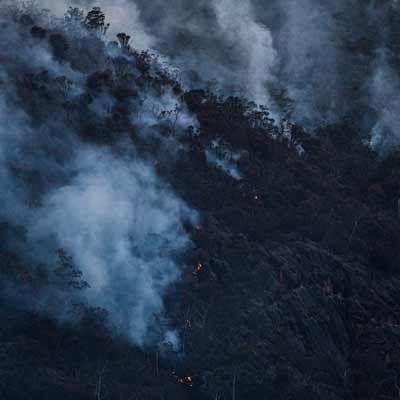
I have been evacuated due to wildfire 4 times. My nervous system has suffered due to being in flight or fight every couple of years, with my life in danger. Summer used to be enjoyable, now it's called fire season.
Read my storyPeople all across Australia are being harmed by climate change. These are some of their stories.


